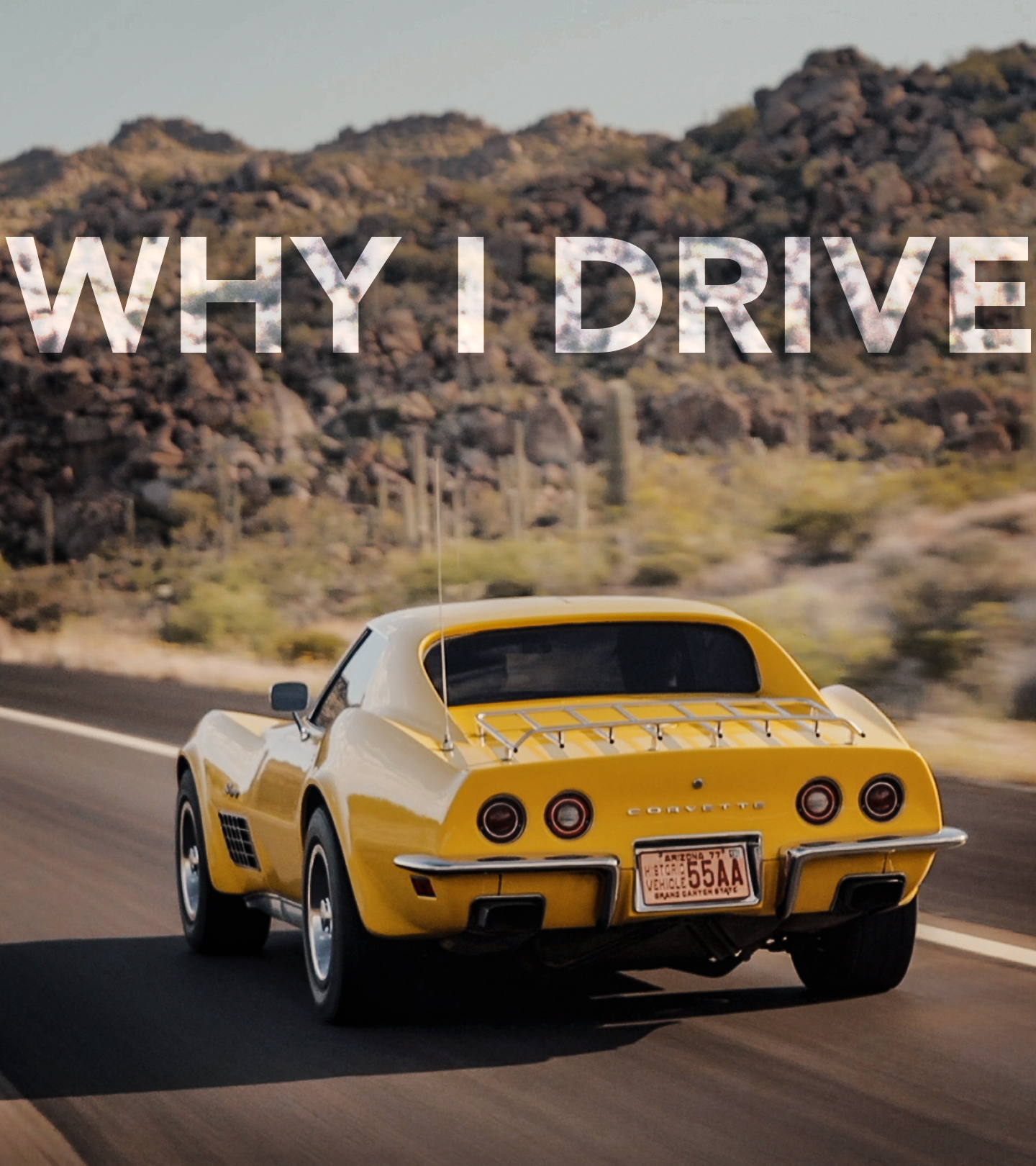Enjoy Season 4 stories, opinion, and features from across the car world - Hagerty Media
Tom Cotter and the Barn Find Hunter crew are back in North Pole, Alaska, for their 58th installment. Their previous trip to the town was quite the success, but now they’re following up on a different tip. First they visit Robby, who has a field filled with classic American iron.
Robby admits that he’s an indiscriminate collector, buying up any old car he comes across and that he’s been doing it, he says, “as long as I can remember.” One look at the yard that has ‘50s and ‘60s trucks, convertibles, and muscle cars tucked everywhere, and it’s clear that Robby wasn’t kidding.
The first car Tom lands on is one he’s very familiar with, a 1962 Ford Galaxie convertible equipped with a 390 V-8 and a column-shifted automatic.
Among the mid-century treasures on the property are a 1956 and 1957 Pontiac, a 1957 Oldsmobile with its distinctive rear quarter windows, and a 1959 Oldsmobile Super 88 Holiday Coupe with its long, low fins ending in oval taillights.
The two don’t spend much time on any one vehicle in particular; there are just too many cool rides to stop at each of them. In fact, Robby and Tom walk right past what looks to be a 1970 Nova SS en route to a 1959 Ford Skyliner with a retractable hardtop and barely mention a 1968 Mercury Cyclone before pausing at a 1955 Ford Crown Victoria.
We won’t mention every vehicle we noticed at Robby’s property, but we will tell you that if you keep your eyes open, you can spot two flavors of Mopar pony car before the two stop at a ’68 Camaro and a massive Cadillac.
Tom’s next stop is also in North Pole, this time with Carl, who has a fleet of Ford Broncos outside. Some better-preserved projects are located in a garage, where Tom checks out another first-gen Bronco that’s being rebuilt. For Carl, Fords run in the family. “Everybody has Jeeps and go off-roading, but I like Fords and my dad had Fords, so that’s what I wanted,” he tells Tom. “Those Broncos are good winter cars and had better tops than the Jeeps.”
There’s a special find for fans of Japanese imports at the final stop: the first-ever appearance of a rotary-powered vehicle on Barn Find Hunter. Tom spends more time with Bonnie and her Mazda RX-4 than any other car this episode, listening to a fantastic tale of how the car was beloved, ruined, and then left to rot amidst a dense thicket of overgrowth.
Bonnie loved her RX-4—a six-speed car with 77,000 miles. “My husband hated it, my father called it a Japanese POS, but they always wanted to drive it,” she says, recalling what a blast it was to drive at high speed on the highway. Unfortunately, her husband one day put diesel in the tank and the car never ran right again. Bonnie parked it behind the house, and at some point, the roof got crushed in by a pole barn.
Before any of you say it, yes, we think it would make a perfect candidate for an LS engine swap.










